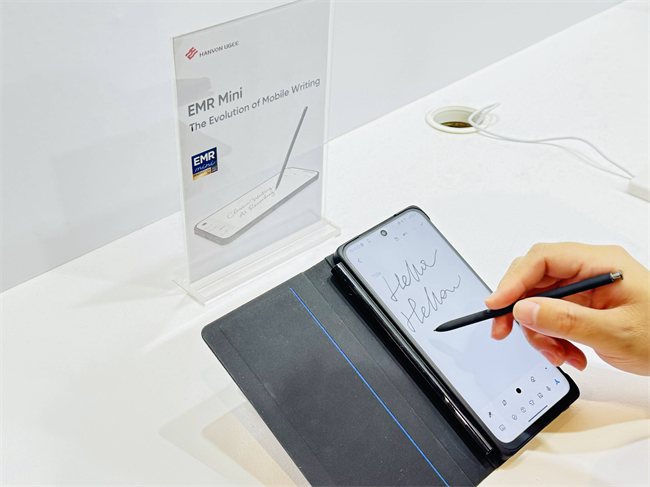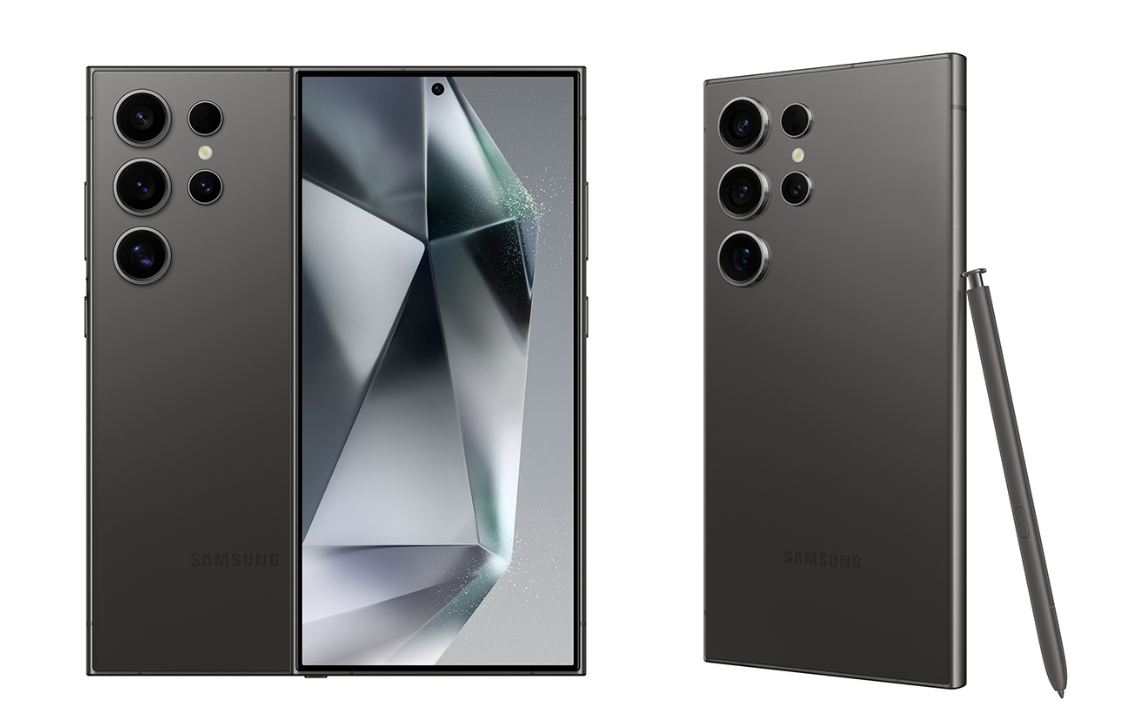There is a huge market demand for mobile phone styluses. Many people, both in China and abroad, cannot type pinyin or English and rely solely on their phones' handwriting input, but this suffers from low accuracy and suboptimal recognition algorithms. Therefore, mobile phones with styluses are popular among consumers. Currently, two companies offer mobile phone handwriting solutions: UGEE and Wacom.
UGEE EMR Mini solution: Take UGEE's EMR Mini electromagnetic pen solution as an example. This solution utilizes an innovative ultra-micro antenna board design and advanced signal processing algorithms to miniaturize and integrate a high-precision electromagnetic sensing system into the ultra-narrow bezel of a mobile phone. The electromagnetic pen requires no internal battery and draws power from the phone's sensing module through electromagnetic resonance. It accurately captures changes in pen tip pressure, supports high-precision pressure sensitivity, and offers ultra-low latency. AI algorithms can also be used for intelligent recognition and deep processing of handwriting, such as converting handwritten notes into editable text. This solution is currently being used in the TCL NXTPAPER 60 Ultra mobile phone.
The EMR Mini empowers the TCL NXTPAPER 60 Ultra to be more than just a communication tool: business professionals can use their handwritten notes and annotate PDFs on the go, eliminating the need for a separate notebook. Creatives can quickly sketch when inspiration strikes, with precise pressure sensitivity that replicates the feel of a brush. The device also requires no charging and is instantly usable, significantly lowering the barrier to entry and making efficient writing readily available.

Samsung S-Pen Solution: The S-Pen, found in phones like the Samsung Galaxy Note/S Ultra series, utilizes Wacom's EMR electromagnetic induction technology. A circuit board under the phone's screen creates a magnetic field above the screen through electromagnetic induction when the S-Pen approaches it, charging and activating the S-Pen. The S-Pen boasts high precision, high resolution, and enhanced controllability, with up to 2048 levels of pressure sensitivity, making it ideal for handwriting, drawing, and more.
Since 2011, Wacom's digital pen technology has been used in the S Pen on Samsung Galaxy devices and has been recognized as an ideal tool for note-taking, sketching, and other tasks. Redesigned specifically for the Galaxy Tab S11 series, the S Pen features a hexagonal design for enhanced comfort. Combined with a tapered tip that allows for a greater tilt angle, the redesigned S Pen helps users bring their ideas to life and takes creativity and productivity to the next level on the thinnest Galaxy Tab S11 Ultra yet, without compromising performance.
